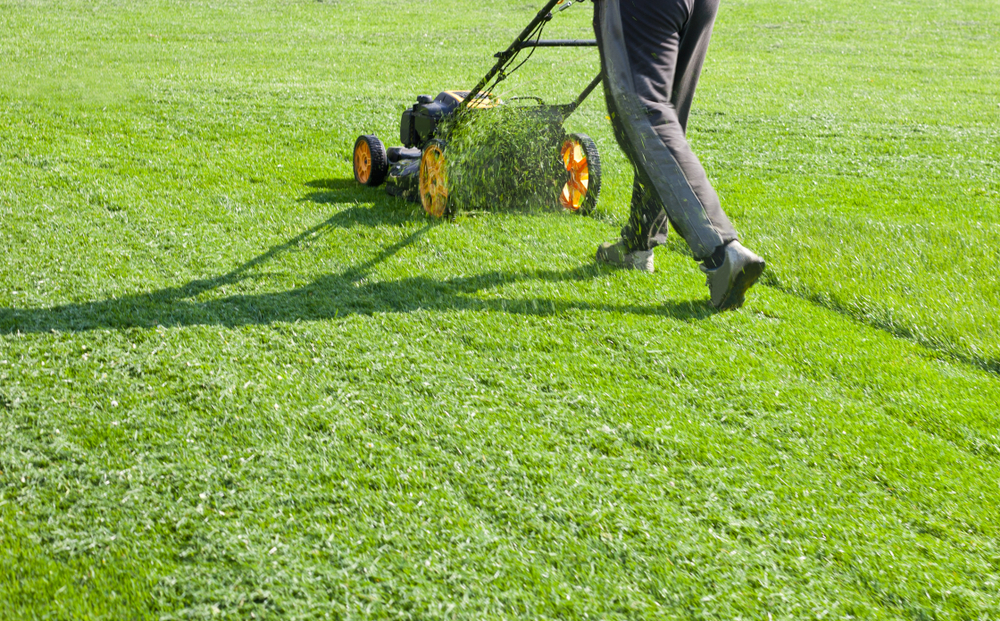Fall Aeration And Overseeding
Read MorePosted on: Aug 05, 2021Luis M Pérez
Overseeding and Fall Aeration are highly vital elements to a healthy lawn because it helps the lawn absorb water, oxygen, and nutrients while also replenishing grass that has been damaged or destroyed. Regardless of how well you water, cut, and fertilize a lawn, every lawn is likely to sustain some level of damage throughout the spring and summer. This damage leads to thin and bare spots in the grass. If you do not replenish these areas they will eventually become overrun with weeds.
We recommend Aeration done in the fall while the soil temperature is warm, the air is cooler and there is more moisture in the atmosphere. These conditions are optimal for the germination of new seedlings. Furthermore, even when a lawn is already thick and healthy, it is still important to overseed and aerate in the fall. This is because a lawn is like a roof in the sense that over time it will get weaker and thinner. New grass seed will help keep it fresh and vibrant.
Overseeding also minimizes the risk of disease and insects. A thick full, and healthy lawn will deter weeds and illnesses. Finally, one of the lesser-known but very important benefits of overseeding is soil erosion. When a lawn becomes thin and week it is unable to absorb water and nutrients as well.

Seeding Your Lawn In The Fall
When preparing to seed your lawn you will need to consider timing as well as prepare all the things you will need to do it successfully. For reasons already stated, fall is the best time to overseed your lawn. In fact, some studies suggest that over 70% of all root growth takes place in the fall. After timing, the next most important aspect of seeding is to create soil contact. That is why you can seed after aeration. The aeration helps open the soil by removing core plugs and exposing soil. This maximizes the seed to soil contact.
If you have any extreme or large bare spots you may also want to apply a layer of triple mix topsoil. If you do this, put down one inch of soil on the area that is to be seeded and then apply roughly 3 pounds of seed per 1000 sq/feet onto the soil. Regarding this, it is very important not to apply the seed under the soil, the soil must go down first.

The last step is to water correctly. Therefore, you need to water your lawn immediately after laying down the seeds and continue to water daily until the seeds germinate. The first round should be heavy (about an inch of water), approximately 1 hour. After that, your watering can be lighter. We recommend every day for 20 to 30 minutes for 2 to 3 weeks. It might take up to two weeks for the grass to start growing. The most important thing to remember is not to overwater nor underwater. Both will result in poor results.
When To Mow After Aeration And Overseeding

It is recommended not to mow your lawn after overseeding as the grass will suffer stress when mowed. Instead, the best thing to do after overseeding is to allow it to rest. In general, it’s recommended to wait for at least 2 to 3 weeks before mowing an overseeded lawn.
Have Questions Or Want To Learn More?
For more information on fall aeration and overseeding, please contact our Lawn Care Expert, Luis Perez, via email at luisp@doctorgreen.com.

